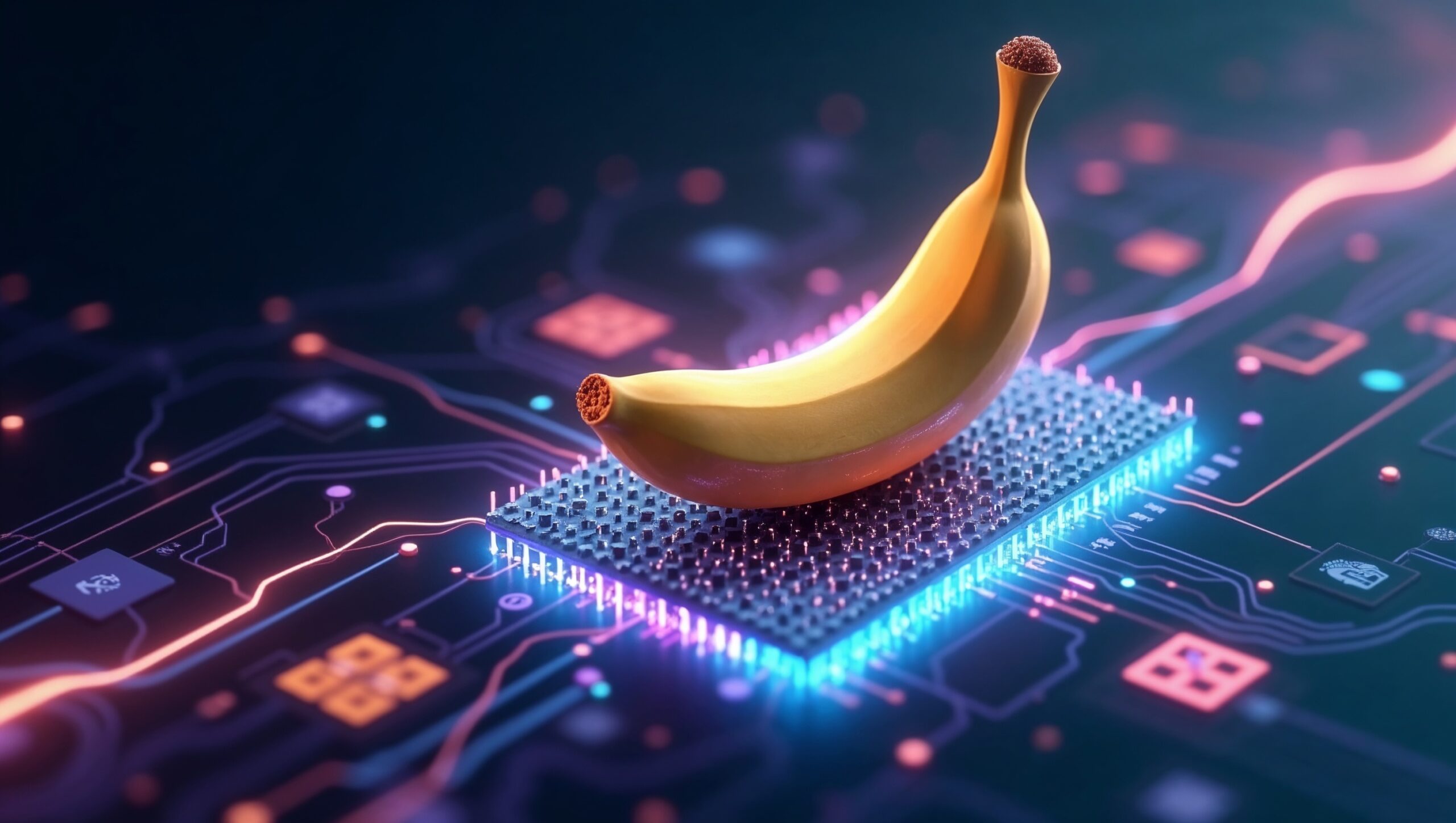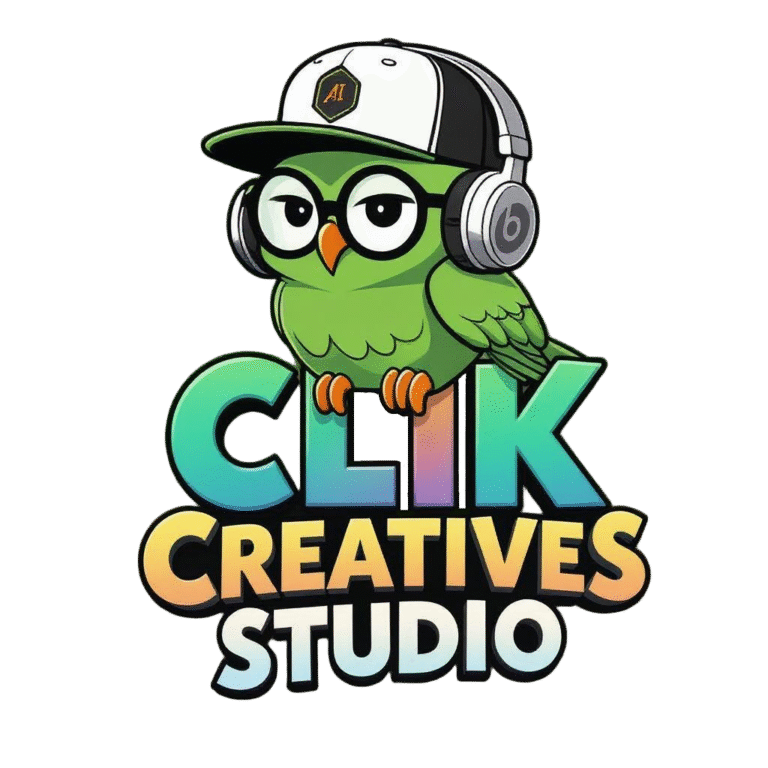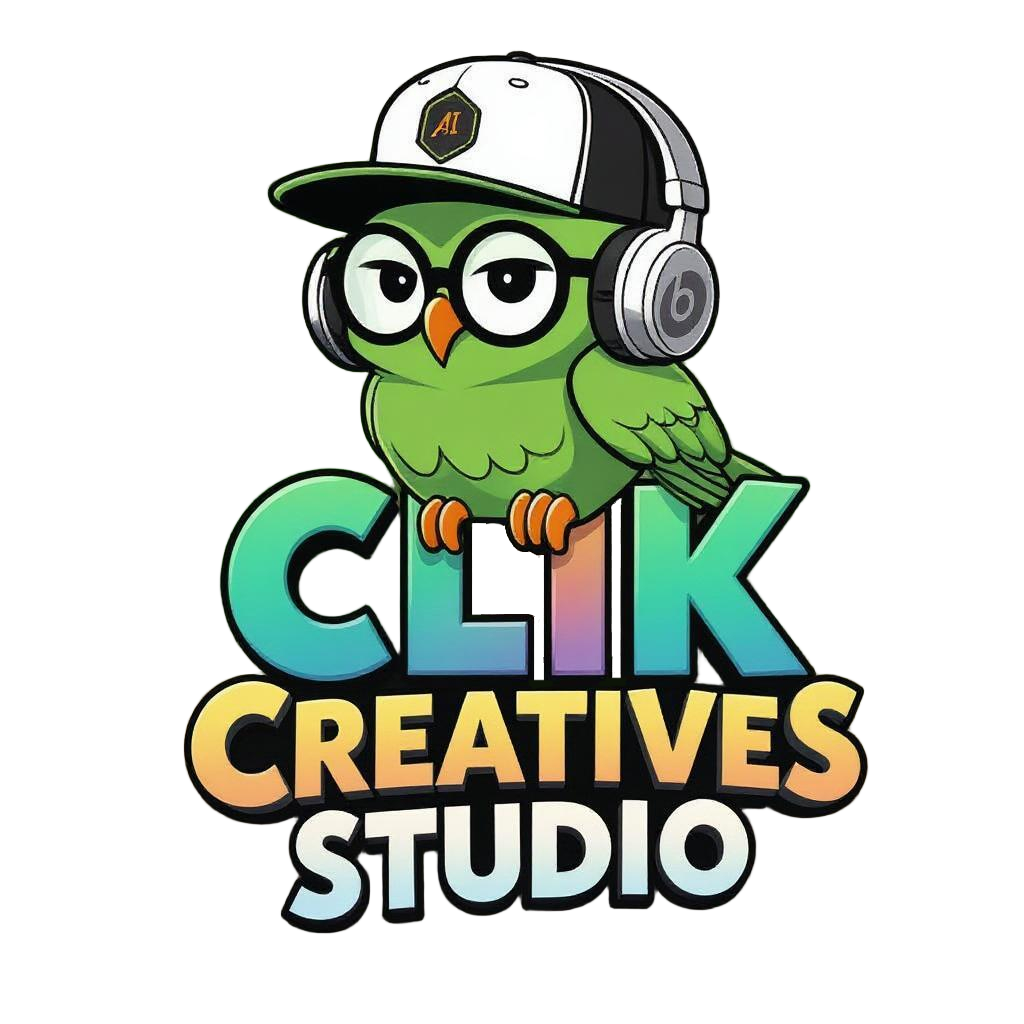
Google Nano Banana AI Image Generator – Essential Features & Free Access
What Is Google’s Nano Banana? Artificial intelligence has been rewriting how we work, create, and market — and now Google has taken another big step forward with its new AI image generator, Nano Banana. This model is designed to be lightweight yet powerful, providing creators with high-quality visuals in seconds. The quirky name fits Google’s playful tradition. Nano refers to the tool’s speed and compact performance — it’s engineered to run on smaller devices like Chromebooks and smartphones without sacrificing image quality. Banana brings a fun, approachable branding twist, signaling that this isn’t just for hardcore tech users but for everyday creators too. At its core, Nano Banana isn’t trying to compete with high-end, resource-heavy platforms like MidJourney or Stable Diffusion. Instead, it aims to democratize AI art by making it affordable, accessible, and simple enough for students, small business owners, and marketers to use as part of their daily workflow. Whether you’re building seasonal social media content, designing quick mockups, or experimenting with creative ideas, Nano Banana lowers the barrier to entry. Why Nano Banana Matters in 2025 The AI landscape has matured rapidly. Just a few years ago, creating AI art required powerful GPUs or expensive cloud subscriptions. Today, creators expect tools that are: Nano Banana hits each of these marks. For content creators, this means you can generate YouTube thumbnails, TikTok covers, or blog images on the fly. For educators, it makes it easy to design engaging slides. For businesses, it enables quick seasonal campaigns without hiring a designer. 👉 Related: In our seasonal design blog, we showed how seasonal visuals connect with audiences. Nano Banana could be the missing piece that makes updating those assets faster and more cost-effective. In short, this tool matters because it represents the next phase of AI adoption: moving from experimental, heavy-duty platforms into everyday, plug-and-play utilities. Key Features That Make It Stand Out So what exactly does Nano Banana bring to the table? Here are the highlights that separate it from other AI image generators: Example: A solopreneur writing a marketing plan in Google Docs can generate branded illustrations without leaving the document. No extra logins, no exporting — just seamless workflow. This makes Nano Banana not just an AI generator, but a productivity enhancer. Updates & Roadmap Google has already released several updates since Nano Banana’s debut: These updates show Google’s focus: making Nano Banana not only powerful but also practical for real-world creative needs. Instead of remaining a novelty tool, it’s evolving into a core feature set inside Google’s larger ecosystem. Platforms & Access Points One of Nano Banana’s biggest strengths is how widely it’s accessible. Unlike niche AI tools, it’s designed to be everywhere you already work: 👉 Resource Links: Free vs. Paid Access A big question creators have: Can I use Nano Banana for free? Free Options Paid Options Pro Tip: Stack free credits across platforms (Workspace + AI Hub + mobile beta) to stretch your budget further. Step-by-Step Tutorial: How to Use Nano Banana Here’s a quick beginner’s guide to getting started: Prompt Examples: This tutorial alone shows why Nano Banana is more than a gimmick — it’s practical for everyday tasks. Creative Use Cases Nano Banana is versatile enough to fit into multiple workflows: 👉 Pro Tip: Combine Nano Banana with our guide to content repurposing tools to stretch one piece of content across every platform. Real-World Adoption It’s one thing to list features — it’s another to see how people are actually using this tool. These examples prove that Nano Banana isn’t just experimental — it’s actively solving problems for people who need speed and affordability. Nano Banana vs Other AI Tools How does it compare to the competition? Bottom line: Nano Banana doesn’t replace these tools. Instead, it complements them — the lightweight option for fast, everyday design. Limitations to Consider While powerful, Nano Banana isn’t perfect: These limitations matter — but they’re also the trade-off for speed, accessibility, and integration. FAQs About Nano Banana Q: Is Nano Banana free?Yes, with limited credits. Paid plans expand usage. Q: Can it replace MidJourney?No. It’s faster and simpler, but less detailed. Q: Does it work on mobile?Yes — Android beta is live, iOS expected late 2025. Q: Is it commercial-use friendly?Yes, with Workspace business plans. Q: Where can I access it?Google Workspace, AI Hub, OpenAI Marketplace, Leonardo AI, and mobile apps. Why Nano Banana Could Be Your Next Essential AI Tool Google’s Nano Banana represents more than just another AI experiment. It’s a shift toward accessible, everyday AI that runs where people already work — inside Docs, Slides, and mobile apps. For small businesses, it’s a low-cost design solution. For creators, it’s a flexible visual playground. For educators, it’s a way to make lessons more engaging. It won’t replace MidJourney or DALL·E, but it doesn’t need to. Its power lies in being fast, affordable, and integrated. 👉 Ready to see it in action? Try Nano Banana on Google AI Hub, experiment via Leonardo AI, or explore the OpenArt AI. Or book a free strategy session with CLIK Creatives Studio to see how to fit Nano Banana into your creative workflow.


